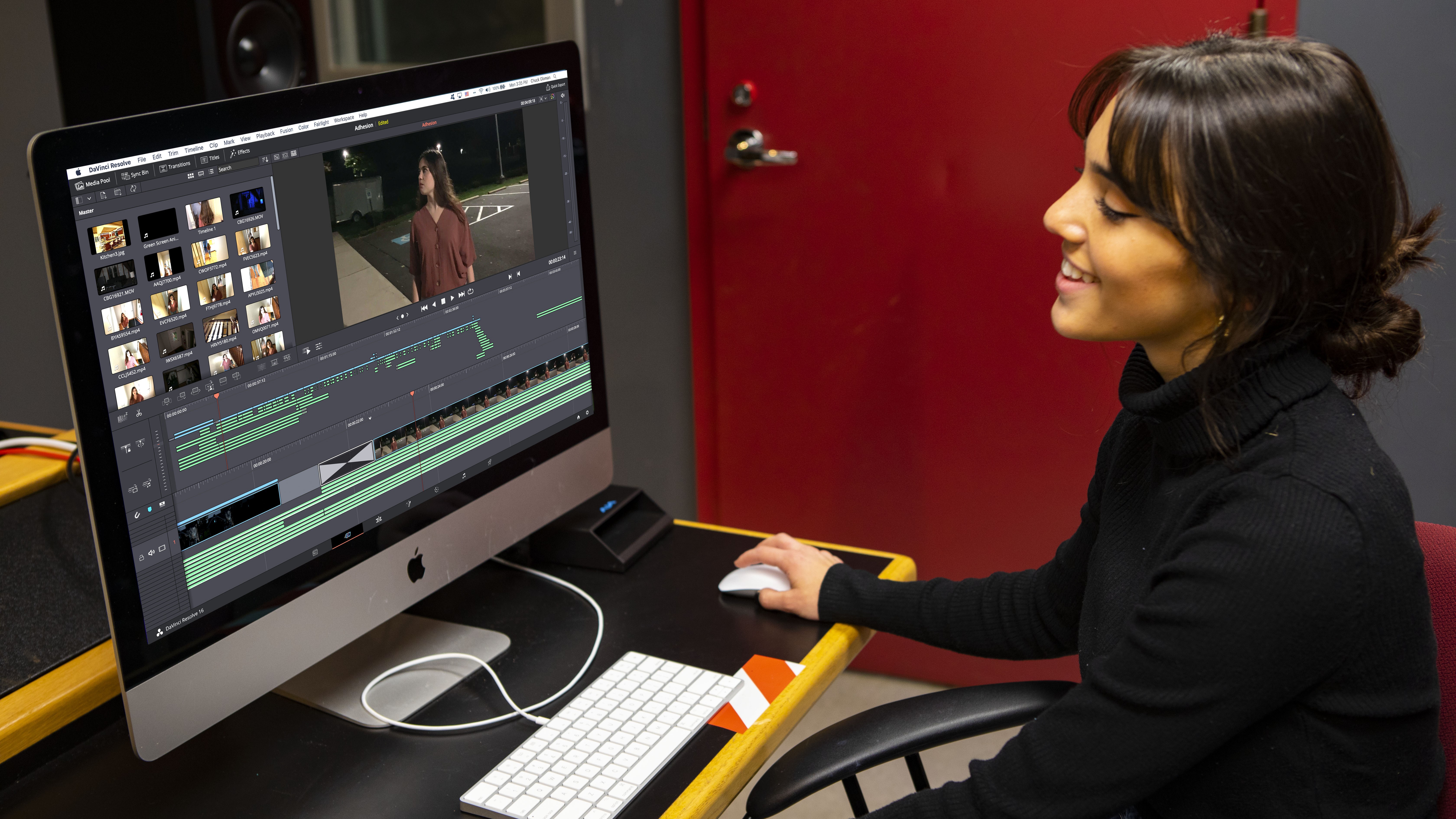Blackmagic's DaVinci Resolve vs. DaVinci Resolve Studio: Which Is Right for You?
What's the difference between Blackmagic's free version of DaVinci Resolves and the $295 Studio version

We all know that Blackmagic Design’s DaVinci Resolve is one of the best editing software choices. Used by students and educators in schools; by freelance, corporate, commercial and Hollywood editors; it is considered as professional and robust as the other editing software choices around. The most exciting feature of DaVinci Resolve is its price—free.
With all of the other major editing systems that come with a monthly, yearly or expensive purchase price, why would you want to pay $295 for editing software that you could download for no cost?
In this article, I will discuss the reasons why you might want to spend the $295 and have a lifetime license to DaVinci Resolve Studio.
DAVINCI RESOLVES/DAVINCI RESOLVE STUDIO
Having used the free version of DaVinci Resolve for years, I decided to look more deeply into what the Studio (paid version) of DaVinci Resolve offered and if it was worth paying the one-time charge of $295 for the lifetime license.
I was introduced to the cost version of Resolve with version 14. I eventually upgraded to version 15 and then to 16. The biggest reason for me (and there are numerous others I will get into later) to do this was the ability to export files larger than Ultra High Definition’s 3820x2160 and frame rates faster than 60fps. That might not seem like a big deal, but when shooting in true 4K’s 4096x2304, that extra bit of resolution is noticeable if you are enlarging your image or doing layers with special effects. Since I’m now shooting in 6K (and soon 12K), I don’t want limitations in my exporting functions.
Some other features only available in DaVinci Resolve Studio version are things like: noise reduction, grading using HDR, motion blur, having easier access in dealing with RAW files and several editors can work on the same project (color grading, editing, etc.) remotely. This last feature alone has been invaluable for me during the pandemic.
Noise reduction is critical in my editing workflow. Using RAW files and low light footage, I’ve become accustomed to having to deal with noise issues—especially when shooting at high ISOs. In the free version, my RAW files were always supported, and I don’t like to be changing editing platforms frequently. Working in a university setting, I’m constantly collaborating with other faculty as well as students on projects. Having the ability to look at a student’s project, making suggestions or changes and even teaching the software is much easier with the Studio version because of the remote access.
Key Differences
Besides the extra features in ResolveFX effects, export options and sound effects, the DaVinci Neural Engine is by far the strongest reason to upgrade to the lifetime option of DaVinci Resolve Studio. The time saved through faster processing and the extra features will allow you to create the finest possible product in the shortest amount of time.
Price
Blackmagic Design’s DaVinci Resolve Studio 16 - $295 (MSRP)
Contact
Blackmagic Design
2875 Bayview Drive
Fremont, CA 94538
408.954.0500
www.blackmagicdesign.com
While both the free and the Studio versions will use a GPU for processing, the Studio version will recognize up to nine GPUs, scaling with you as your needs grow. With the Studio version you have access to GPU hardware accelerated encoding on certain H.264 and H.265 codecs (which is much faster than the free version’s CPU encoding). I enjoy editing as much as anyone, but faster means less time waiting. I watched an online tutorial that proves the Studio version is 15 seconds faster (for his short video test) in rendering time and it utilizes 30% rather than 60% of its CPU. Therefore, the Studio version is more efficient and offers better playback than the free version in his testing.
Available only on the Studio version is the DaVinci Neural Engine, which adds artificial intelligence (AI), object removal (self-explanatory), Auto Color Balance and Matching (also self-explanatory, but if you color grade, it will save you mountains of time), facial recognition software and the ability to upscale your footage up to four times its present size without losing any quality. Watch this John’s Films video for more detailed information on all of these features.
SOUND AND VISUAL EFFECTS
Fairlight is DaVinci Resolve’s audio software. Fairlight is included in the free version, but the Studio version has many more sound effects and tools.
Under the Effects Library, more options are available like OpenFX, which has six effects under ResolveFX Blur; 11 effects under ResolveFX color; and numerous others under ResolveFX Generate, light, refine, reveal, sharpen, stylize, texture, transform and warp.
Under the Color tab in the menu, the Studio Version offers Dolby Vision in addition to the HDR10+ I had mentioned earlier. When working with Arriflex cameras, Arri.look files allow you to achieve their distinctive “look” via templates.
OPTIONAL FEATURES
Blackmagic Design also offers three different control panels: the DaVinci Resolve Micro Panel, DaVinci Resolve Mini Panel and the DaVinci Resolve Advanced Panel, all designed to give customers fluid, hands-on control over multiple parameters at the same time, so they can work faster and be more creative. Additional offerings include the DaVinci Resolve Editor Keyboard, designed for professional editors who need to work faster and turn around work quickly; and the external Blackmagic eGPU to aid with a faster workflow.
SUMMARY
DaVinci Resolve Studio might not be for everyone. When I first began teaching DaVinci Resolve to my freshman class, everyone downloaded the free version for that specific reason—the cost. As I mentioned earlier, I too started with the free version and have been happy with it. My needs have changed in that I now need the power, speed, versatility and other features that the Studio version offers to better accomplish what my clients and students desire. DaVinci Resolve Studio might be the next logical step in your workflow. The greatest component of the upgrade was I didn’t have to relearn a new software platform—I just had new and better features at my fingertips.
Chuck Gloman is an associate professor in the TV/Film Department at DeSales University. He may be reached chuck.gloman@desales.edu.
Get the TV Tech Newsletter
The professional video industry's #1 source for news, trends and product and tech information. Sign up below.
Chuck Gloman is Associate Professor with the TV/Film Department at DeSales University.

